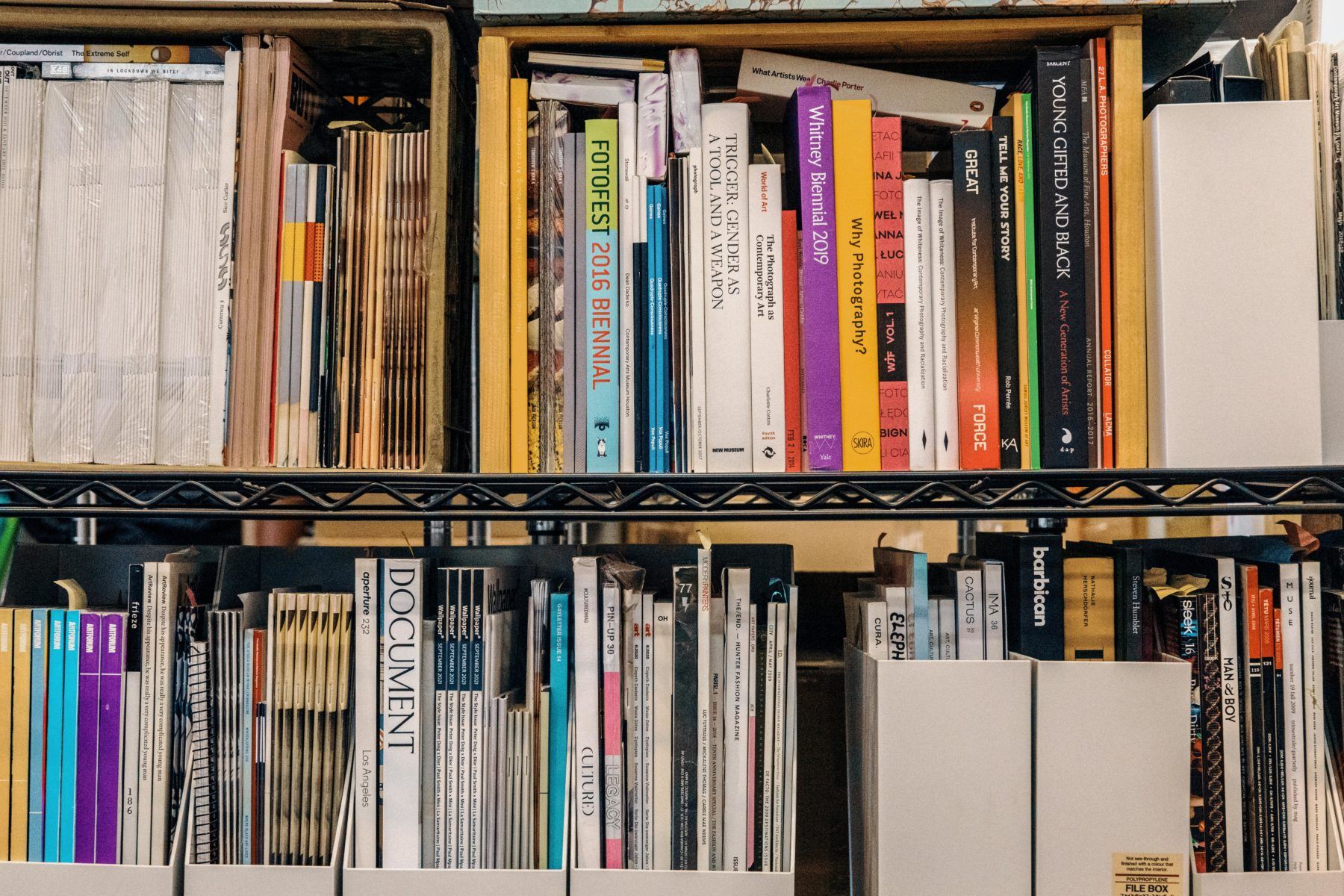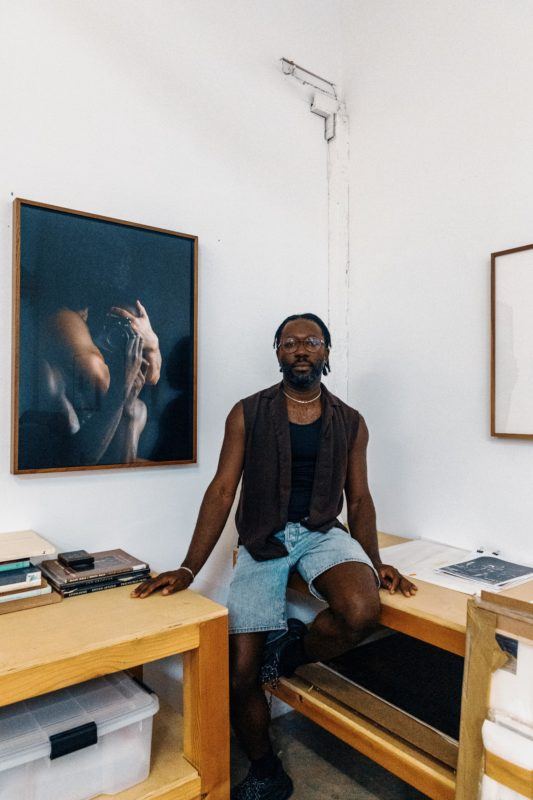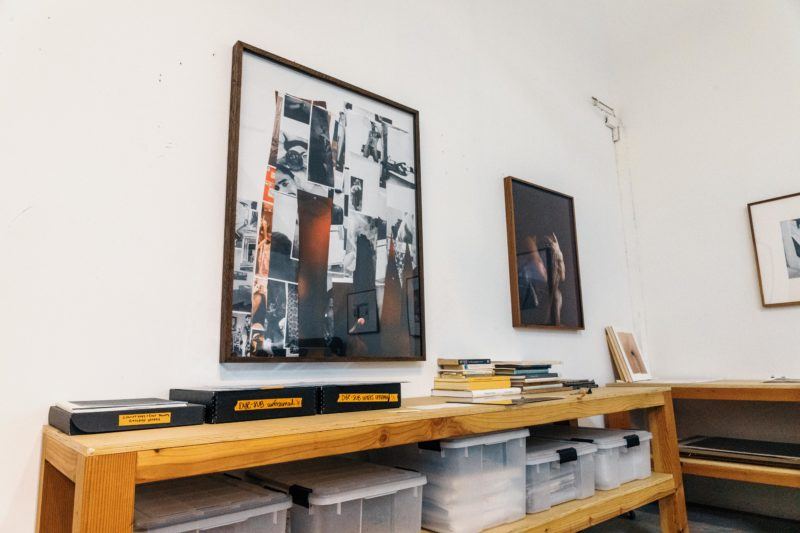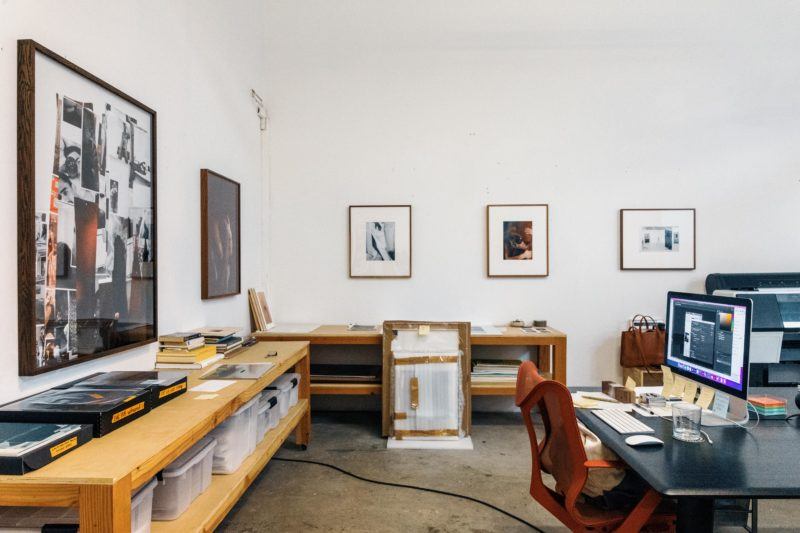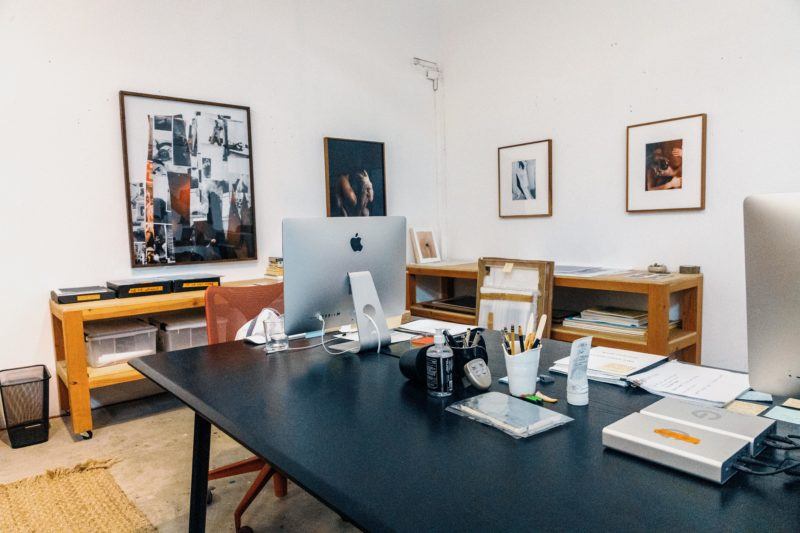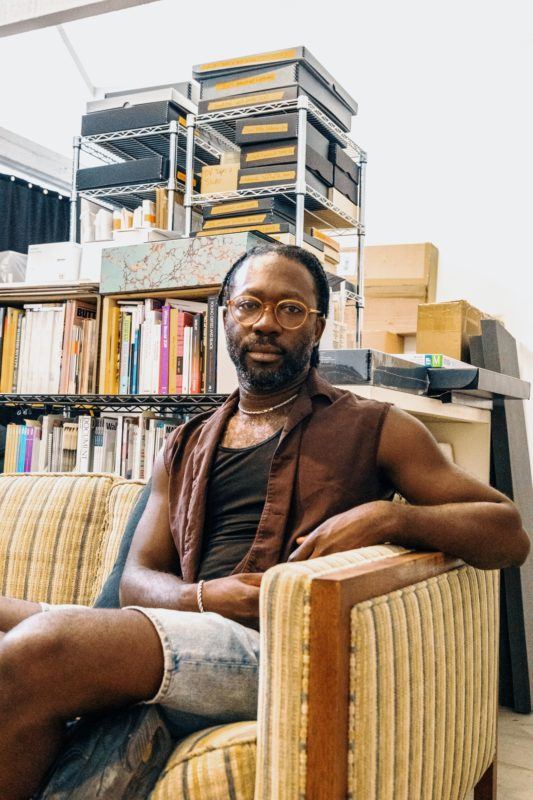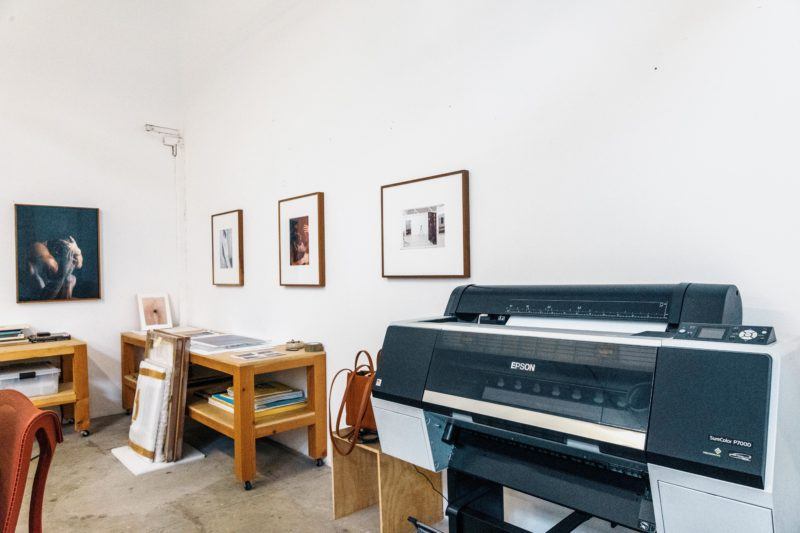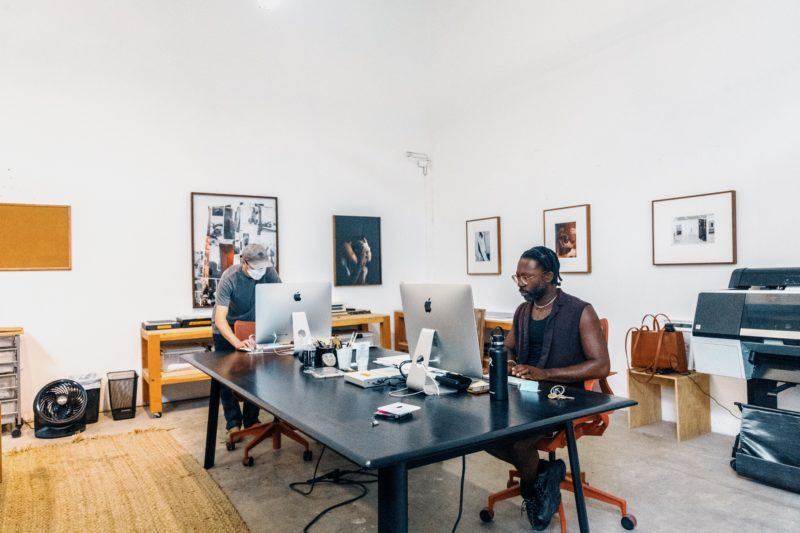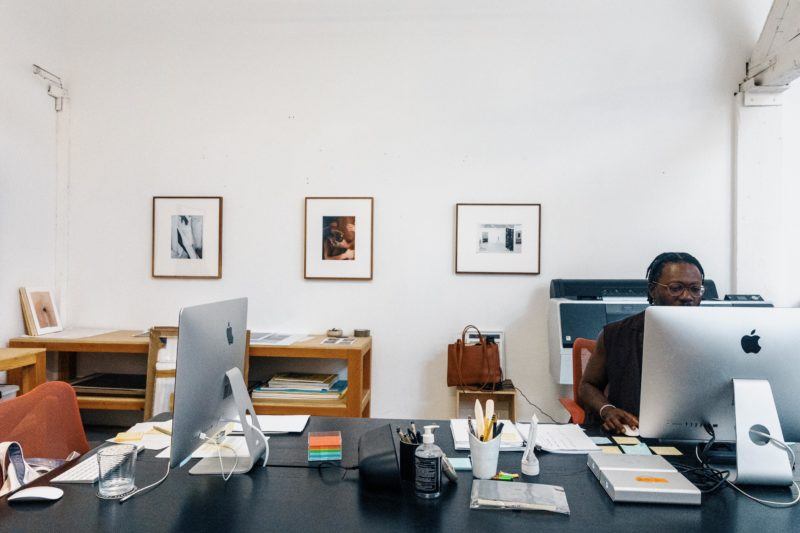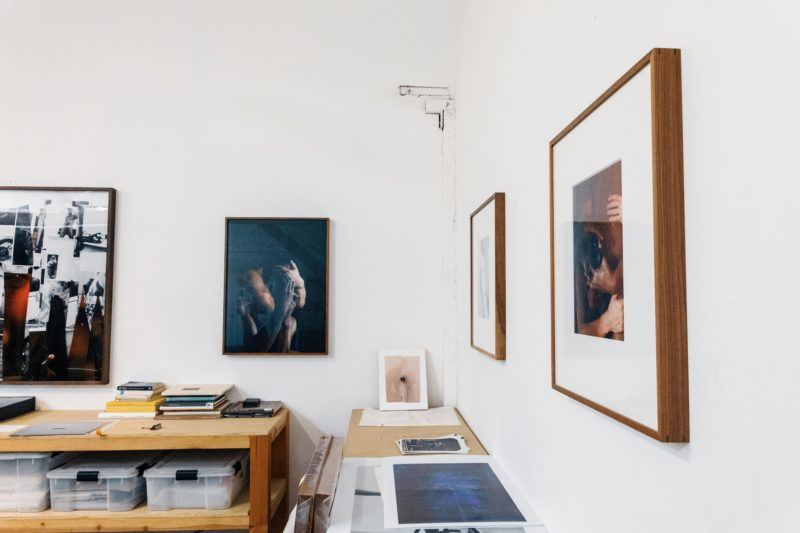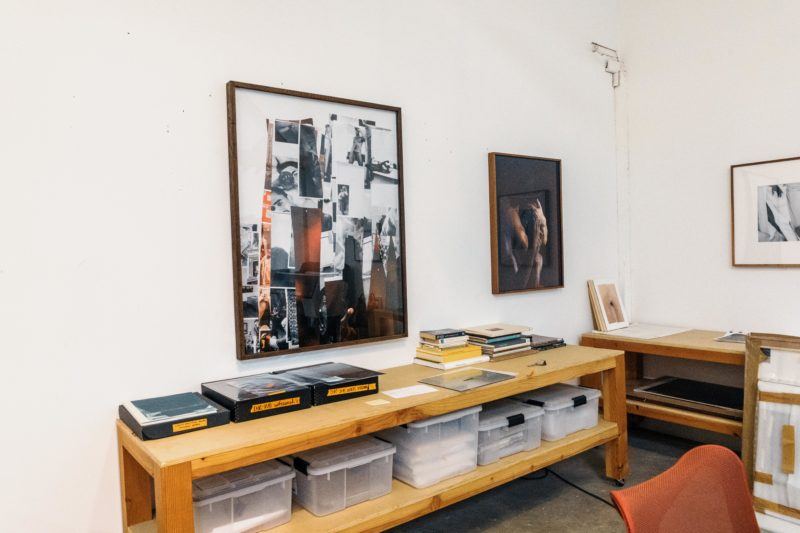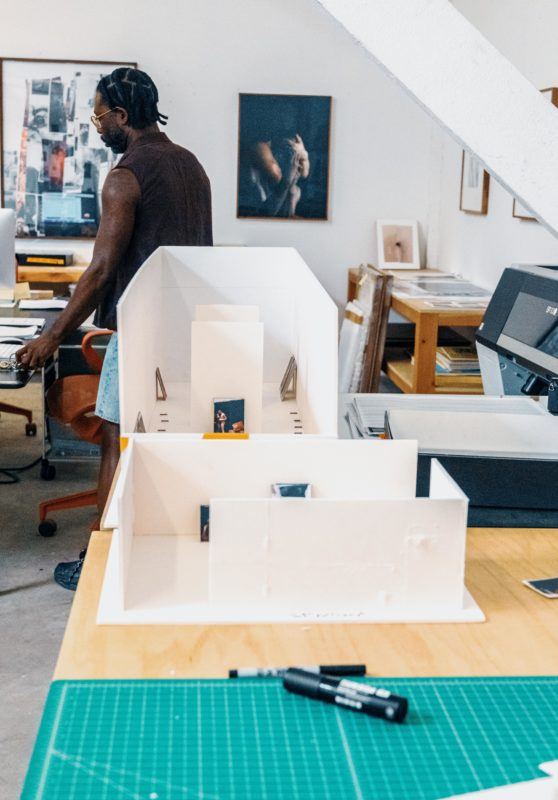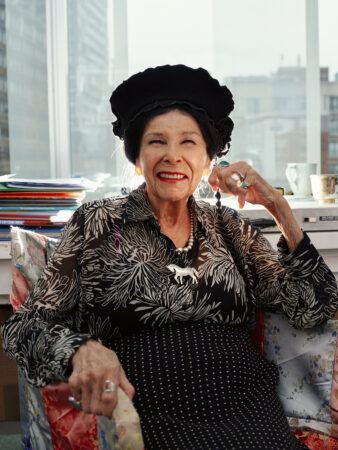Adam Smith-Perez – We’ve talked before about the social currency of portraiture, and the circulation of your early zine work coming at a time of unprecedented queer online activity. But you’ve also mentioned in past interviews that there’s a significant historic precedent for this, with figures like Richard Bruce Nugent and Truman Capote in particular understanding that “image precedes content.” Can you speak more about this and the lineage of image reproduction, in a queer context, and the creation of community through both portrait and letters?
Paul Sepuya – Oh yes! Well I should explain the context, because it might not be obvious how I got from my early portraits to thinking about Capote and Nugent. I was 23 in 2005 when I started my portrait projects and I think like most young artists I was making work with an energy and urgency that outpaced my grasp of what I was making and what its implications were or could be. That work was portraiture that flirted with the line of curious and erotic, was mostly very gay and queer, and featured my friends, acquaintances, guys I had crushes on or was trying to date. There were also quite a few non-queer people in the work too but the whole atmosphere was queer. It all coincided with Friendster, Myspace and the start of Facebook. BUTT and queer zines were in full swing, and it was before apps but at a time where the speed at which the pictures I shared online and in print was accelerating beyond what I could make sense of. I later started to think of it as the economy of queer portraiture that’s undergirded by desire and social contact. I was watching how the pictures came to be used, by my friends, the subjects, by fans. Some became quite notorious, or coincided with notoriety that certain people had outside of but simultaneous to my pictures.
By around 2008, I was trying to find a historic precedent, and I had been very much fascinated by the gay circles surrounding Truman Capote, Christopher Isherwood, Gore Vidal, George Platt Lynes, Cecil Beaton, Paul Cadmus and others. It was complicated because those spaces were extremely white and in many ways unrelatable to me as a young Black gay artist. Except for the fact of how the making of portraiture within these networks played a kind of game of influence and disclosure. Capote stood out for his savvy in constructing his own image through photography and putting it into circulation as a form of currency and solicitation. I came to understand of the queer zines network and social media not as something really all that new, just a new medium but the same desire. That’s when my work became about the making and circulation and complications of portraiture that helped me understand the spaces I was inhabiting rather than any portrait attempting to be a definitive statement about an individual. We were all in it together.
Discovering Richard Bruce Nugent was a revelation, and I don’t recall how I came across him but I was reading a lot of Harlem Renaissance writing and came across FIRE!!!, in which he published “Smoke, Lilies and Jade” back in 1926. It is this first-person stream of consciousness meandering and cruising through day and night, bars and parties, dreams and daydreams, anchored by the subject’s desire for those around him and his calling out and naming their names. “Wallie…Zora…Clement…Gloria…Langston…John… Gwenny…” and it gave me another map to understand how portraiture worked for me. How to bring together the medium, aesthetics and subjectivity that was ambiguous and honestly ambivalent about race, but from a queer, Black perspective.
It was these authors, amongst others, where I found the best way for me to articulate portraiture from my desire outwards, and contextualize what was happening around me with a historic precedent.
Recognition of your sitters occurred both online—by way of Grindr and profile picture-making—and in coffee shops, for example. Years later, many (but not all) of your sitters in “Daylight Studio/Dark Room Studio” are rendered unrecognizable either by extended exposures, a turned back, or their faces and identities are obscured compositionally. How do you approach questions of recognition, obscurity and visibility, and the idea of queer spaces and community in your most recent work?
I love the ambiguity. I love that people recognize themselves. Since 2015 I haven’t named any works after the subjects in them, but rather by the body of work or kind of work they relate to in my overall practice. So they’ll be A Portrait, Model Study, Darkroom Mirror Portrait, Dark Room Studio Portrait, and so forth. The thing about the newer Dark Room Studio, Dark Room Mirror, Dark Room Portrait and Dark Room Model Study works is that the obscuring like you mentioned is an effect of how much time it takes to take the picture. The extended exposure of the night-time works, 1 – 3 seconds necessarily blurs movement as things unfold in front of the camera. There are also works where I’ve formally set up a picture where the subject is looking at or interacting with their reflection in a mobile mirror that, because of the angle at which it’s turned to the camera, renders its surface invisible as well as blocks a view of the subject’s face. I’m interested in these internal loops. With either strategy I’m interested in the viewer being in front of, or perhaps desiring, a very intimate picture yet wholly outside of it. But then with your question about queer space and community… it’s about feeling and knowing how to find those spaces, recall memory of those spaces however you’ve interacted with or flirted with or been intimidated by them. I hope they call up a shared feeling around aspects of queer sexuality.
We’ve talked about the benefits of zinemaking for young artists—it’s low-cost and relatively accessible, can be much more informal and experimental, and can be done without a studio. Can you talk about the elements of your early zinemaking practices—such as collage and sequencing—and how they evolved into, and informed, your current practice and approach to making portraits?
The collaging and sequencing all comes from using outtakes and wanting to use the material generated in the analogue darkroom alongside any finished print that made it into my portfolio. I would keep records of test prints, contact sheets, and various experiments with printing. I loved how I could endlessly shuffle or resequence these outtakes and it was working with those that I put together the first issues of the SHOOT zines. With the first subjects, Nico and Alex, the zines were made of the outtakes of what I thought of as the “official” portrait selections. I loved how they worked with time and sequence of a portrait session unfolding. Nico’s was more playful and erotic following his exhibitionism, Alex’s was more of how to take a single photograph and each a slight variation on the “right” one. They really helped with the sometimes anxiety and impossibility of making the ‘right” edit or selection from a contact sheet or mass of digital files. It also introduced me to the importance of going back to revisit outtakes to find answers to some of the questions that may be cropping up currently and I wasn’t aware that I started to ask myself earlier.
The accessibility and non-preciousness of the zine materials – xeroxes and laser prints – and being able to return to them at times in the past when I was unable to afford making c-prints or inkjet prints and finding ways I could to output, look at, edit, and re-work material, and appreciate it for what it was right then and there rather than what I might project it “should” be, was really important.

